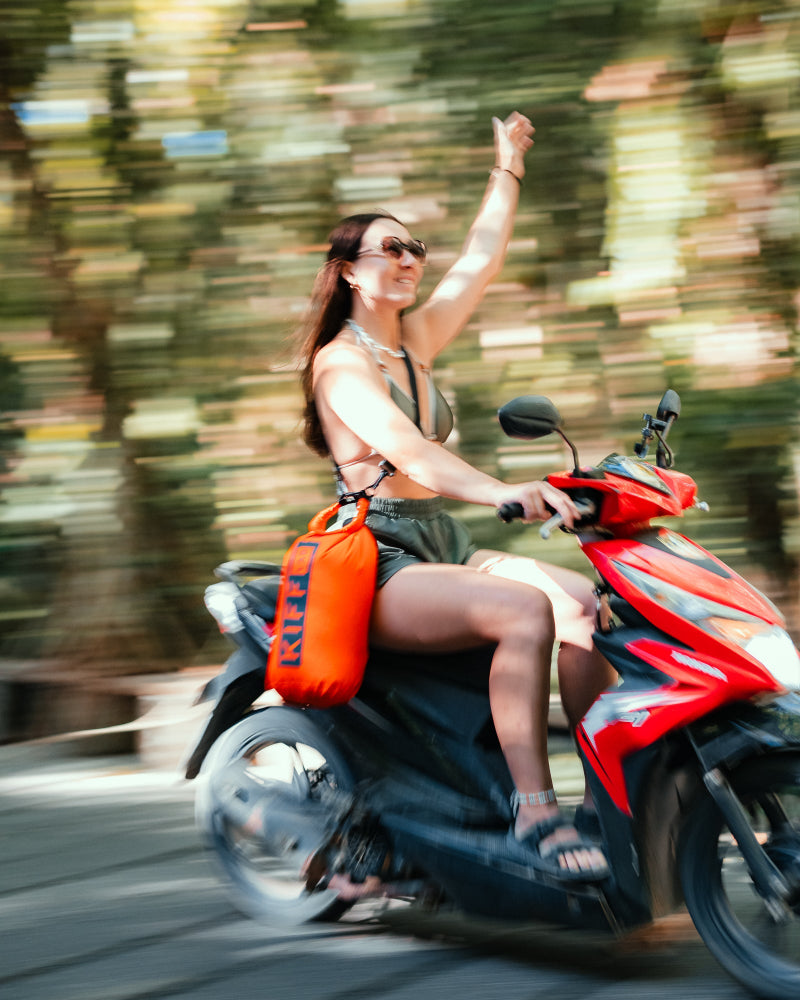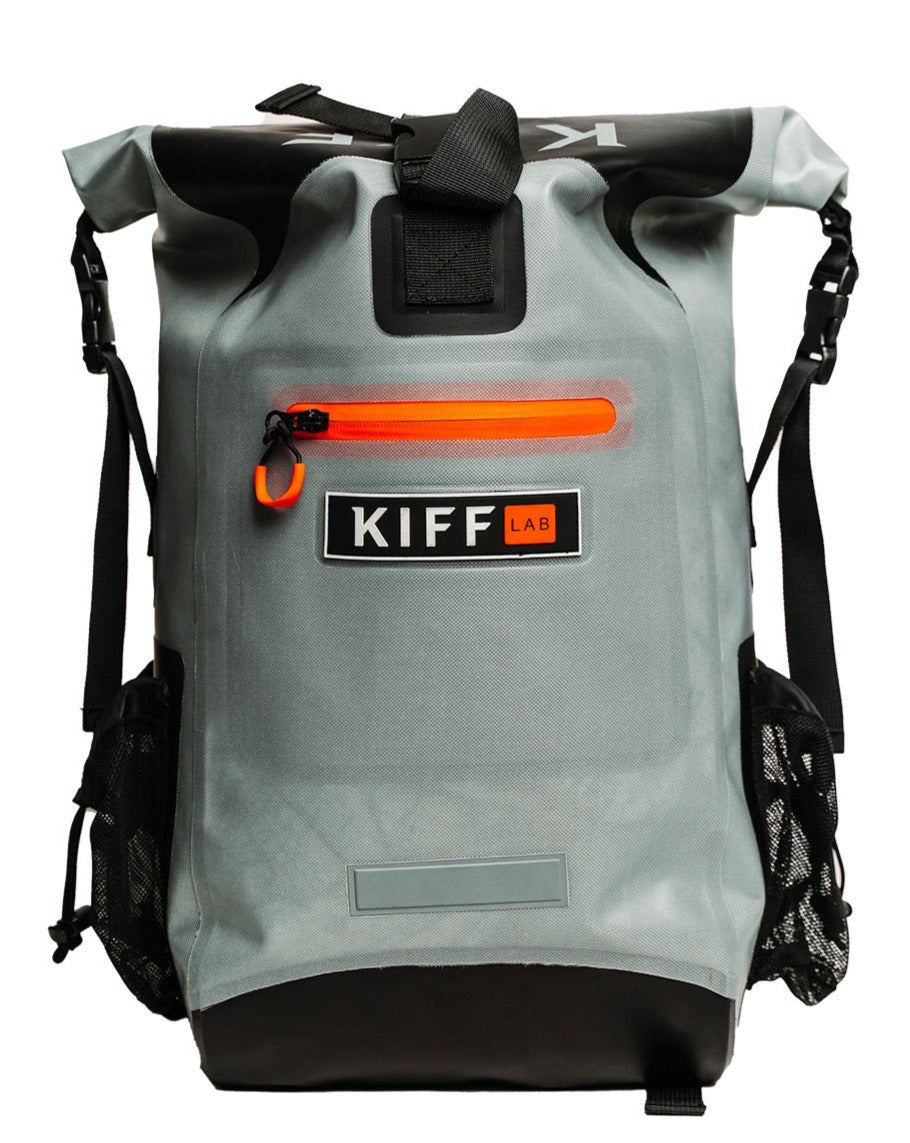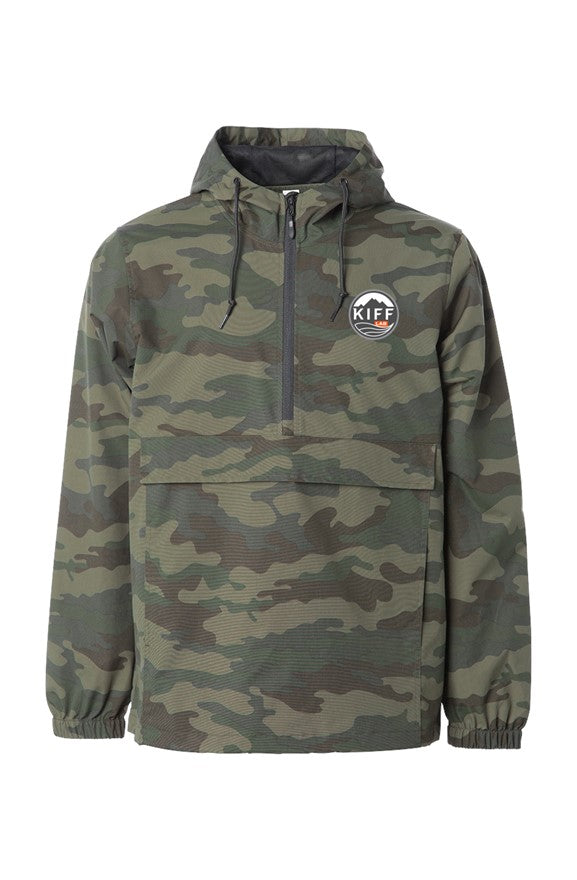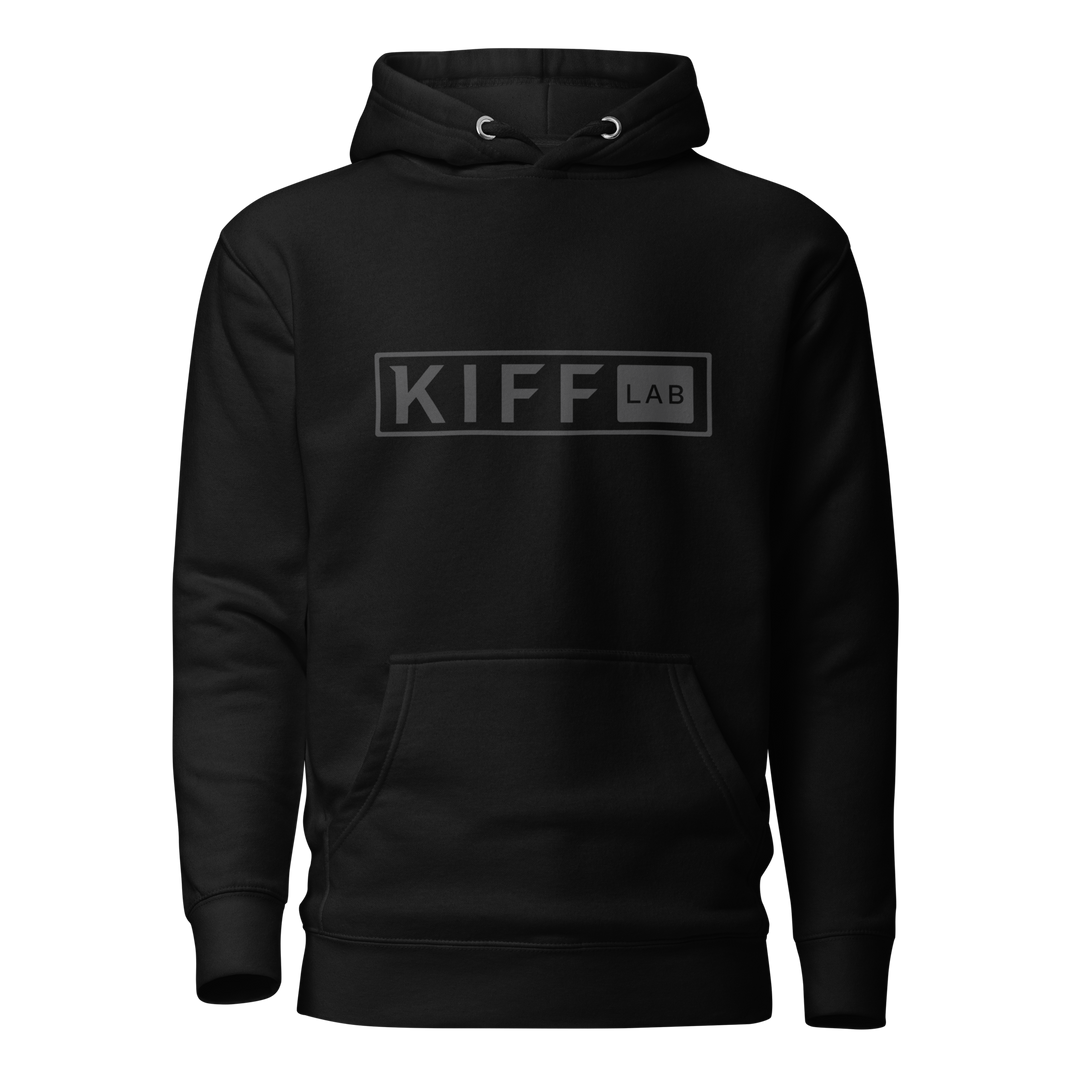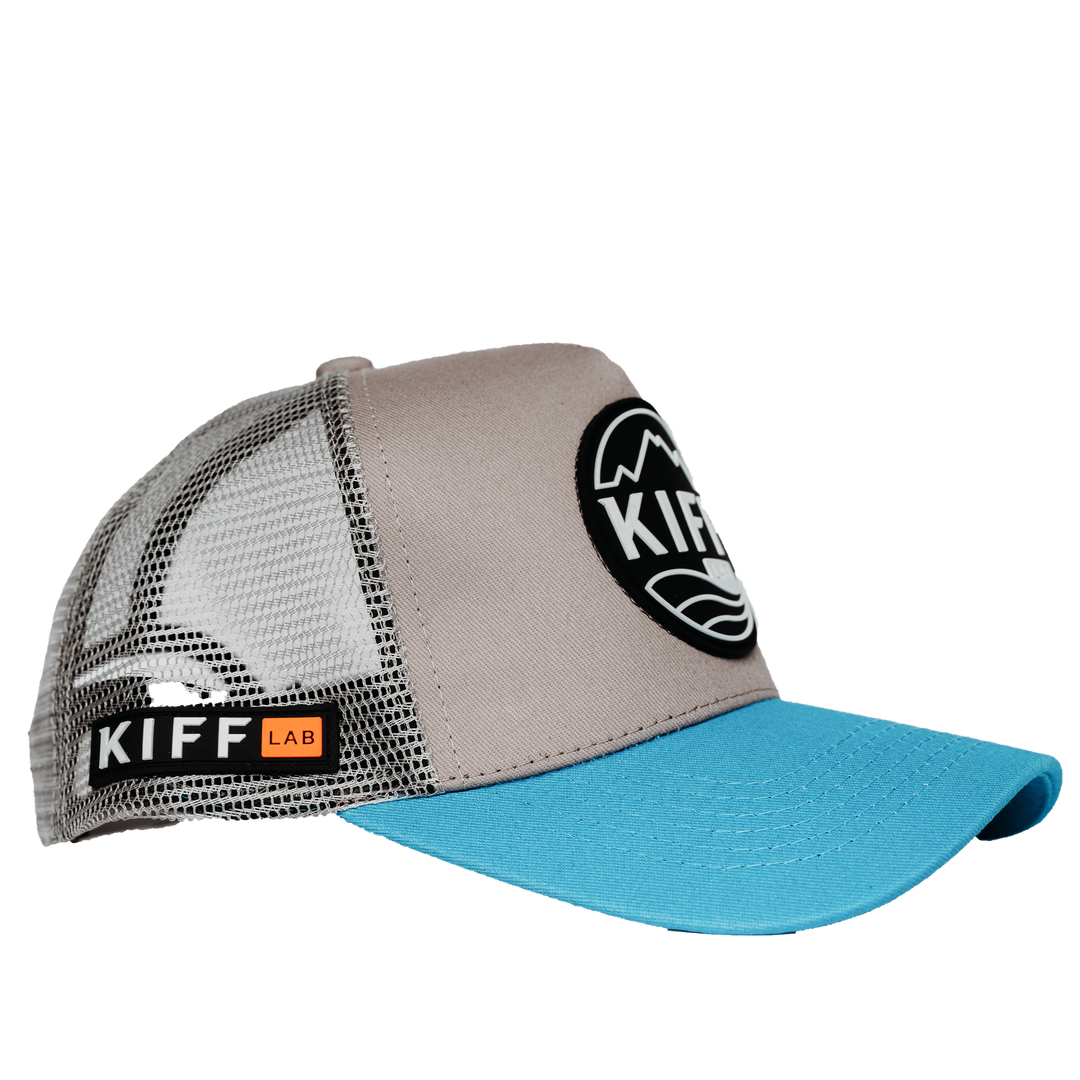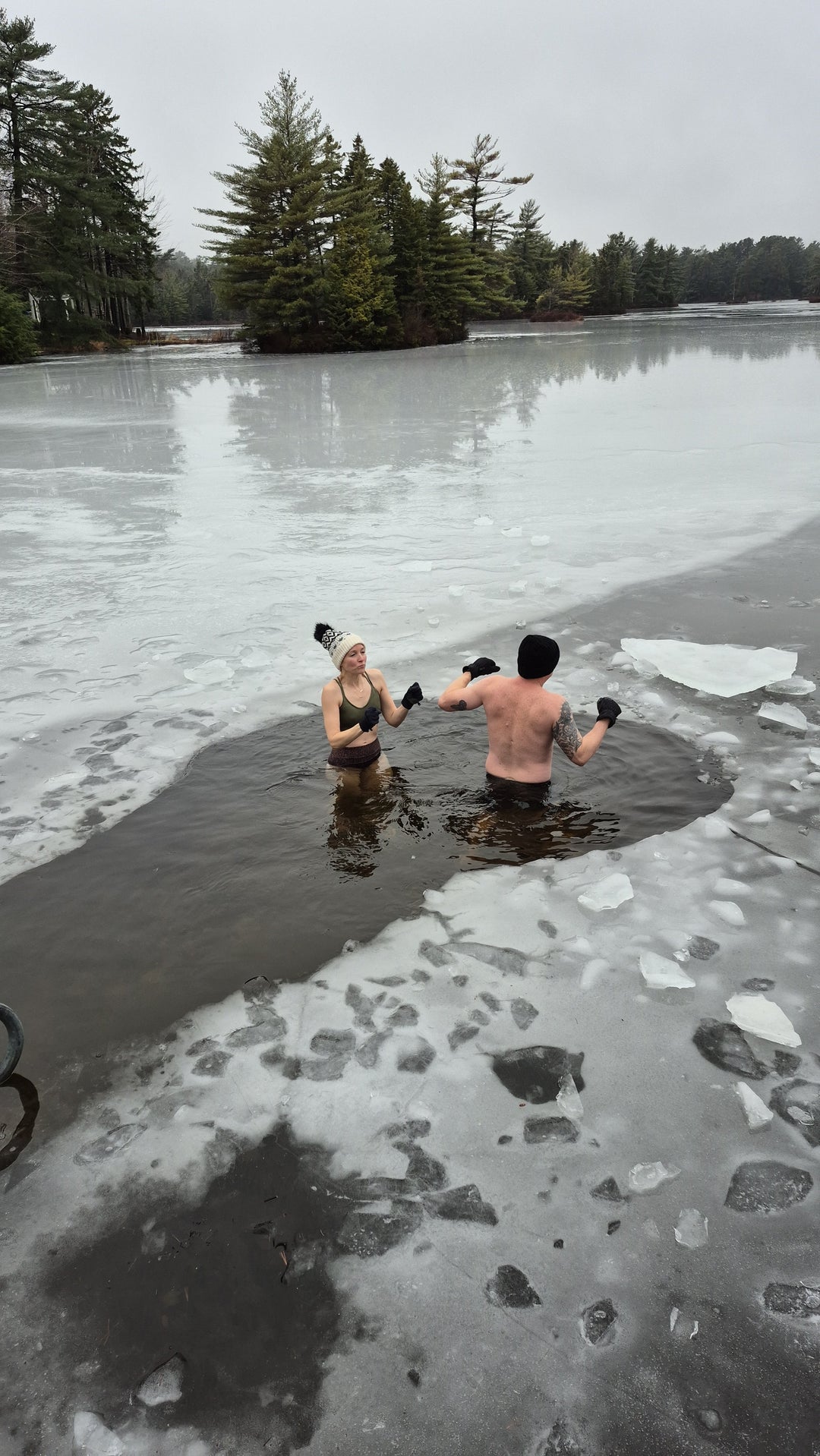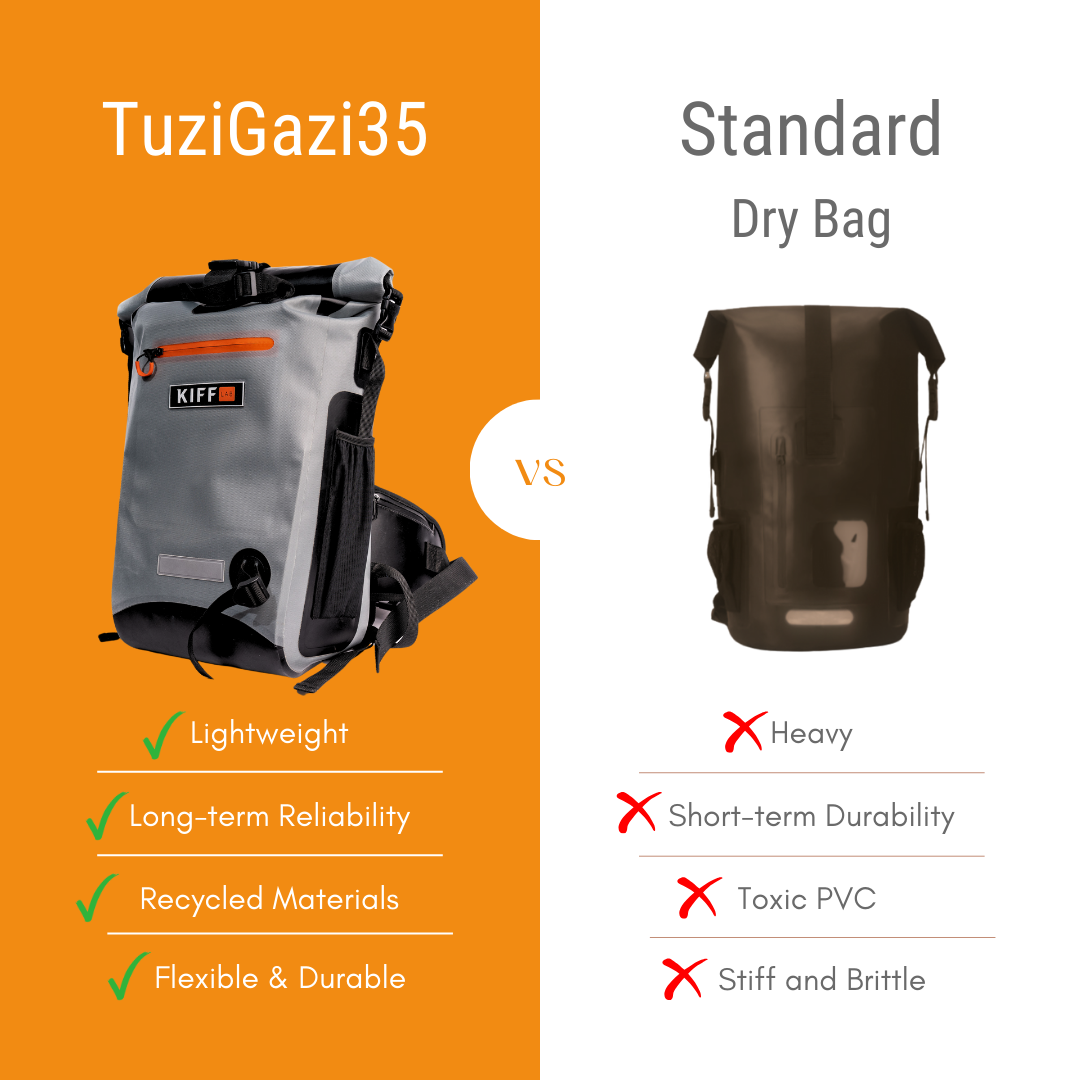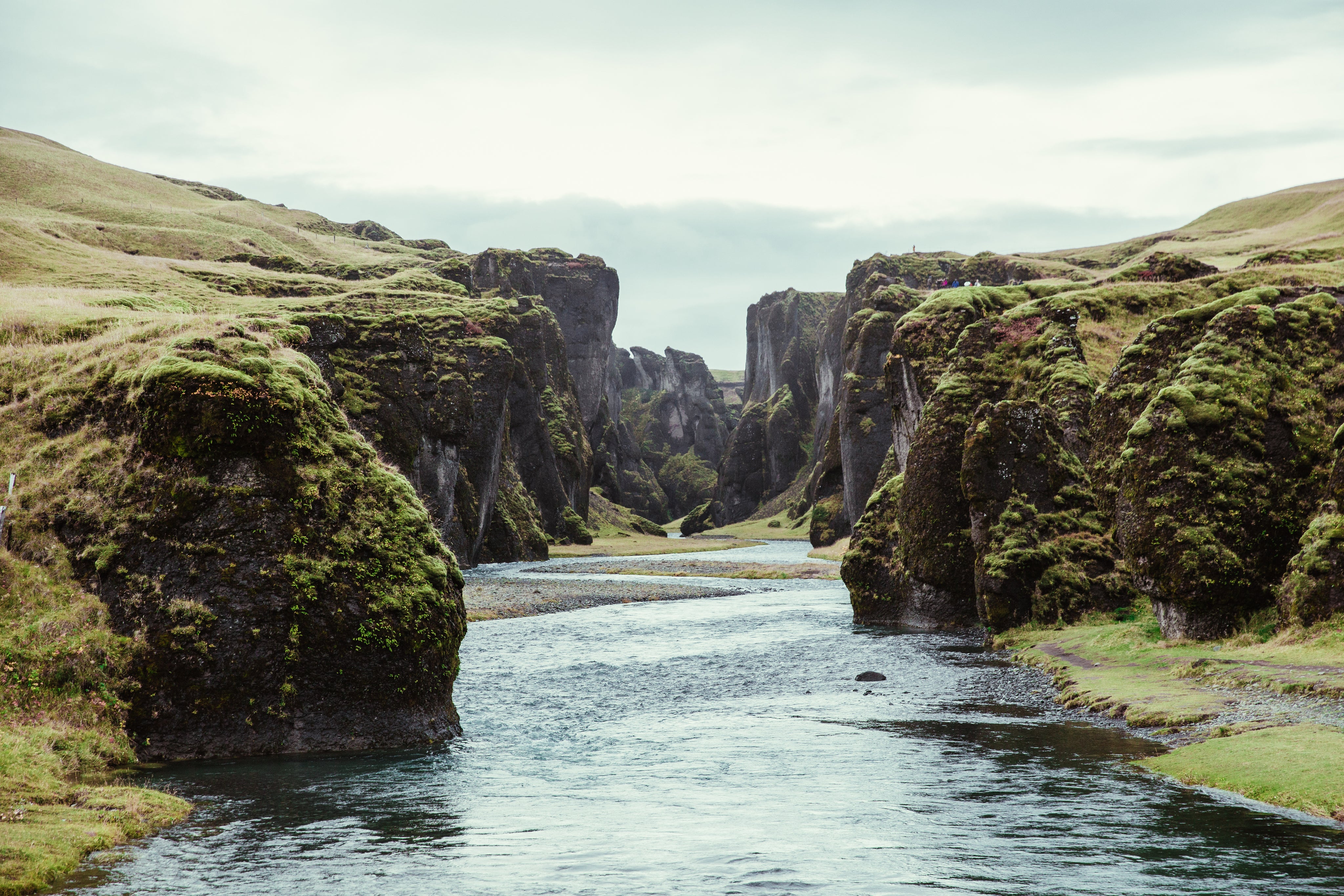Wing foiling, also known as wing surfing or winging

Wing foiling, also known as wing surfing or winging, is the latest craze to hit the water sports scene, and it's easy to see why. Picture this: you, gliding over the water with the grace of a surfer and the freedom of a kiteboarder, powered by nothing but the wind. It's a thrilling blend of surfing, windsurfing, and kiteboarding, but with its unique twist. The sport involves a handheld inflatable sail (the wing) and a board equipped with a hydrofoil, which lifts you above the water as you catch the breeze. It's about harnessing the wind, finding your balance, and experiencing the exhilaration of flying over the waves.
Why Wing Foiling is Growing in Popularity:
Wing foiling is soaring in popularity for several reasons. First, it's accessible. Unlike traditional surfing or kiteboarding, wing foiling doesn't require massive waves or strong winds. It's also relatively easy for beginners to pick up, especially those with some background in other board sports. There's a sense of freedom and simplicity in wing foiling that you don't always get with other water sports. Plus, the learning curve, while challenging, is incredibly rewarding.
Perfect Conditions for Wing Foiling:
Ideal conditions for wing foiling are more about the wind than the waves. You're looking for steady, moderate winds – typically anything from 15 to 25 knots is perfect. As for the water, a calm to moderate chop is ideal. You don't need big waves like you would for surfing, which makes wing foiling versatile and suitable for a variety of locations. Lakes, calm oceans, and large bays can all be perfect playgrounds for a wing foiler.
What You Need to Start Wing Foiling:
Getting started in wing foiling doesn't require an overwhelming amount of gear, but what you do need is specific. The essentials include:
- Wing: This is your engine. Wings come in various sizes, and your choice will depend on your skill level and the wind conditions. They are lightweight, inflatable, and designed to catch the wind to generate pull.
- Board with Hydrofoil: The board is similar to a surfboard but equipped with a hydrofoil underneath. The foil lifts you out of the water, allowing you to glide with less drag and at greater speeds.
- Wetsuit and Safety Gear: Depending on where you're surfing, a wetsuit might be necessary. Safety gear, including a helmet and a life vest, is also crucial, especially for beginners.
- Leash: A leash keeps you connected to your board, ensuring it doesn't get away from you if you fall off.
Getting Started:
Starting wing foiling can be a bit daunting, but it’s all about taking that first step. Many find that lessons are invaluable when beginning. A good instructor can help you understand the basics of handling the wing, maintaining balance on the board, and using the wind to your advantage. They'll also offer tips on safety and how to read the wind and water conditions.
Wing foiling is more than just a sport; it's an experience. It combines the thrill of speed, the challenge of balance, and the beauty of being out on the water. Whether you're skimming across a quiet lake or riding the breezes off the coast, wing foiling offers a unique and exhilarating way to interact with nature. So why not give it a try? With the right gear, conditions, and a bit of practice, you might just find yourself hooked on this exciting new water sport.
Common Questions About Wing Foiling:
- What is Wing Foiling?
Answer: Wing foiling, also known as wing surfing, is a water sport that combines elements of surfing, windsurfing, and kiteboarding. It involves using a handheld wing to catch the wind and propel a rider forward on a board equipped with a hydrofoil, which lifts the board above the water's surface, creating a sensation of flying.
- How Hard is it to Learn Wing Foiling?
Answer: Wing foiling can have a steep learning curve, especially for those new to water sports. However, individuals with experience in sports like surfing, stand-up paddleboarding, or kiteboarding may find it easier to adapt. Most beginners can expect several sessions of practice before they become comfortable.
- What are the Best Conditions for Wing Foiling?
Answer: Ideal conditions for wing foiling are steady winds ranging from 15 to 25 knots and calm to moderately choppy water. Large open water bodies like lakes, bays, and calm ocean areas are great for wing foiling.
- What Equipment Do I Need to Start Wing Foiling?
Answer: The essential equipment includes a wing, a board with a hydrofoil, a wetsuit (if in colder waters), and safety gear like a helmet and life vest. A leash to keep the board attached to you is also important.
- Is Wing Foiling Dangerous?
Answer: Like any water sport, wing foiling carries inherent risks, especially in strong wind and wave conditions. Proper training, awareness of your surroundings, suitable safety gear, and understanding your limits are crucial to minimize risks.
- Can You Wing Foil in Waves?
Answer: Yes, experienced wing foilers can ride and even surf waves. However, it requires advanced skills to manage the wing and board in the dynamic conditions of wave riding.
- How Do I Choose the Right Wing and Board?
Answer: The choice depends on your skill level, weight, and the typical wind conditions in your area. Larger wings and more buoyant boards are generally better for beginners. It's advisable to consult with experienced riders or instructors to find equipment that suits your needs.
- Do I Need Lessons to Start Wing Foiling?
Answer: While not mandatory, lessons are highly recommended. Learning from an experienced instructor can significantly speed up your progress and help you understand critical safety practices.
- How Much Does Wing Foiling Equipment Cost?
Answer: The cost can vary widely based on the quality and brand of the equipment. Generally, a complete setup including a wing, board, and foil can range from $1,500 to $3,000 or more.
- Is Wing Foiling a Good Workout?
Answer: Absolutely. Wing foiling is a full-body workout that improves balance, core strength, and cardiovascular fitness. It's not only fun but also a great way to stay in shape.
Understanding these aspects of wing foiling can help you get started on the right foot, ensuring a safer and more enjoyable experience on the water.
Don't let the worry of wet gear dampen your adventure! Choose KiffLab Dry Bags for unbeatable protection. Using premium materials, our dry bags ensure your belongings stay dry and secure, giving you peace of mind.

Photo cred: Lucy Dorne


